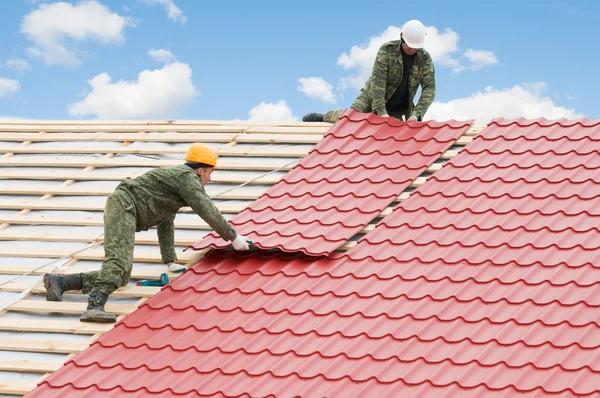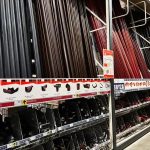Residential and commercial roof installations are two distinct areas of expertise in the roofing industry. While they share some similarities, such as the need for durability and weather resistance, there are also significant differences between them. Understanding these distinctions can help property owners make informed decisions when it comes to choosing a roofing contractor or selecting materials for their building.
One key difference between residential and commercial roof installation lies in the design and structure of the roofs themselves. Residential roofs tend to have steep slopes and are often more complex with features like chimneys, skylights, or varying angles. In contrast, commercial roofs are typically flat or have a very slight pitch. This structural difference affects not only the installation process but also the choice of materials.
In terms of materials used, residential roofs often utilize asphalt shingles due to their cost-effectiveness, durability, and aesthetic appeal that matches most home designs. On the other hand, commercial roofs require more robust materials capable of covering larger surface areas while withstanding heavy foot traffic for maintenance purposes. These may include modified bitumen, EPDM (ethylene propylene diene monomer), or TPO (thermoplastic olefin) membranes.
The installation process is another area where residential and commercial roofing diverge significantly. Installing Braham a residential roof is relatively straightforward due to its smaller size; it usually takes a few days with a small team of professionals using standard tools like hammers and nail guns. Commercial roof installations are more complex projects that can take several weeks to complete because they involve larger teams using specialized equipment such as cranes to hoist large amounts of material onto the rooftop.
Another critical aspect is cost considerations; generally speaking, commercial roofing tends to be more expensive than residential due both to its size and complexity as well as higher-grade material requirements.
Lastly, regulations governing these two types of installations differ substantially too; while both must meet local building codes regarding safety standards etc., there may be additional rules applicable to commercial properties such as specific fire resistance ratings or energy efficiency requirements.
In conclusion, while both residential and commercial roof installations aim to provide a durable, weather-resistant covering for a building, the key differences between them lie in their design, materials used, installation process, cost considerations and regulatory standards. Understanding these differences can help property owners make informed decisions about their roofing needs. Whether you’re looking for a new roof for your home or business premises, it’s essential to work with experienced professionals who specialize in the type of installation you require.
Kinmount Exteriors LLC
40545 Blackfoot St NW, Braham, Minnesota 55006
320-335-7753



